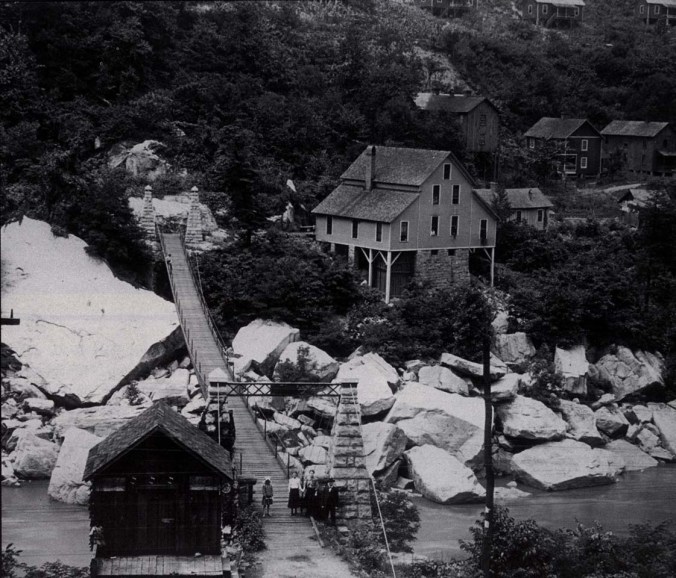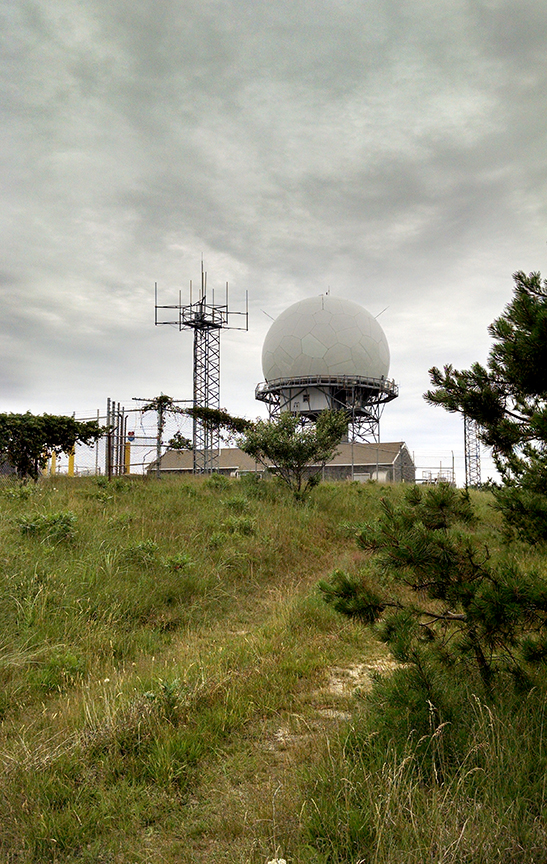As most urban explorers usually find out, trips don’t always go as planned. Our quick little road trip down South was supposed to hit Shawnee Lake, Land of Oz and Sherwood Forest, an abandoned renaissance fair. Moments before we left, I came across a comment warning “wear orange” if visiting Sherwood during hunting season. After looking into it further, yes, we were going during prime hunting season, and yes, visitors will be shot. I can handle the cops. I cannot handle Virginian hunters. In favor of not getting shot, we decided to scratch that from our list and visit a couple of West Virginia’s many ghost towns instead, which thankfully, they are not short on.

Nutallburg, WV in its hey-day (photo courtesy of NPS.gov)
New River Gorge runs through the middle of West Virginia, and during the Industrial Period, more than fifty mining towns sprang up in the wilderness surrounding the river due to coal mining interests. Inhabited by several thousands of people, the area began to flourish after the completion of the Chesapeake & Ohio railroad line, which not only provided faster travel between the Atlantic Coast and the Ohio River Valley, but also led to fast coal transportation through the gorge, thus encouraging the local mines in the New River Coal Field to open shortly after. In 1888, it was estimated that the area was producing 1.5 million tons of coal. However, the gorge’s steep slopes and its narrow width made for a low return on investment, eventually slowing business and, starting in the 1930s, causing closure of many of the mines and forcing people to abandon the towns. Read More


